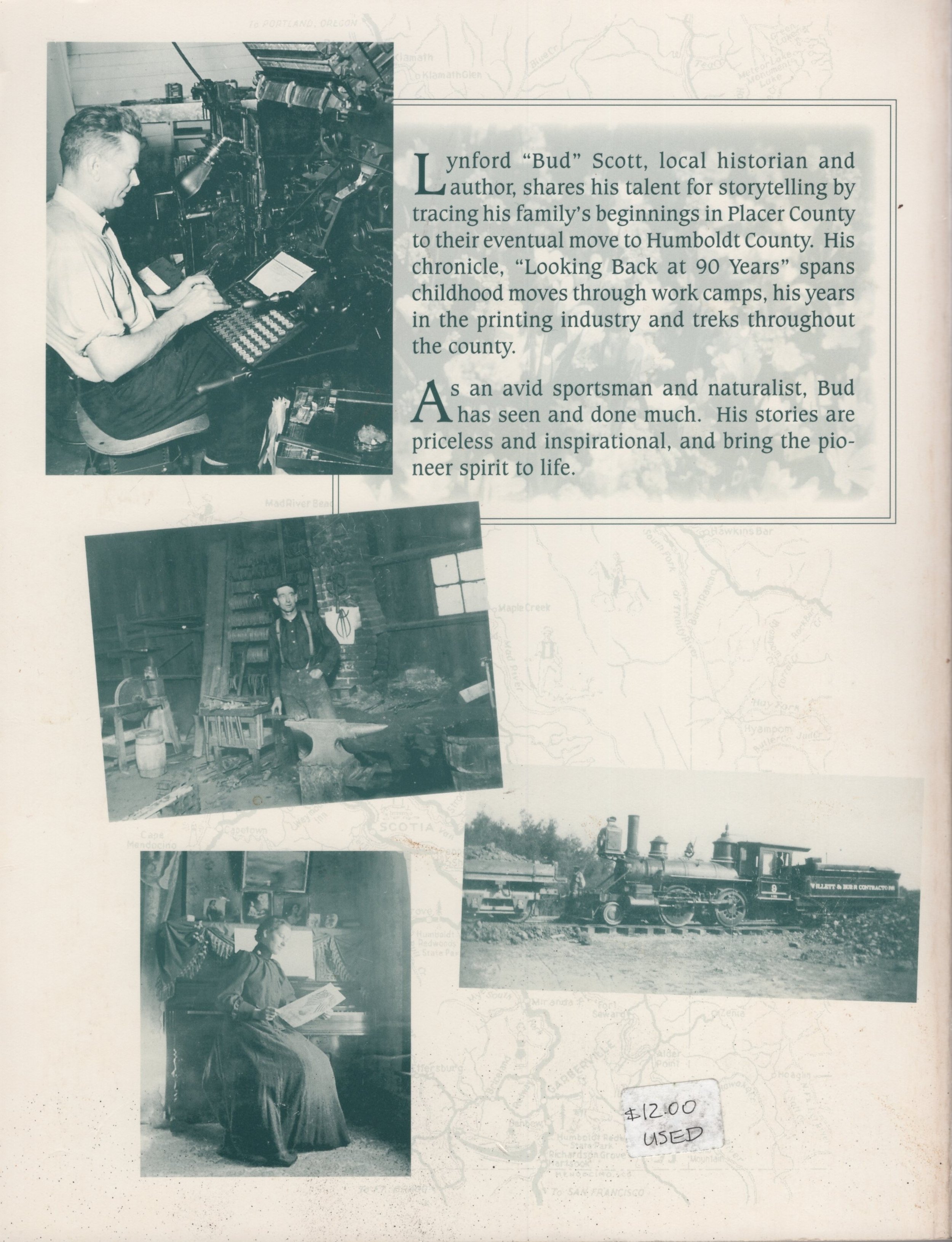When Money Grew on Trees: A.B. Hammond & the Age of the Timber Baron
When Money Grew on Trees: A.B. Hammond & the Age of the Timber Baron
On the shelves of the Historical Society bookstore, there are a variety of books that shed light on many different aspects of Humboldt's history. Some focus on certain individuals or communities, others have a broader scope dealing with issues that go beyond the borders of our county. In the latter category is When Money Grew on Trees: A. B. Hammond and the Age of the Timber Baron by Greg Gordon.
Partly this is a biography of a man whose name is imprinted on our area's past. But this large, scholarly book is much more. In following the Hammond family's early years in conflict-ridden New England and Canada, we then move on to A. B. Hammond's own journey from Maine, to Pennsylvania, to Montana and finally on to the West Coast. We also follow the westward movement of the timber industry, the lure of gold and fur hunting and the protracted conflicts with the tribes native to those areas. Along side all that, we also see the continental expansion of rail roads, banking enterprises and the inevitable conflict between federal control and free-wielding capitalists.
Rapidly acquiring timberlands and mills along the coast from southern California to Oregon, Hammond also ventures into Humboldt aiming to acquire Vance's holdings. For several chapters we are shown Hammond's activities in Humboldt and the rivalries between Hammond and the other timber barons over ownership of railroads and ship building plus the effects of several economic "panics" and the 1906 earthquake increasing demands for lumber.
This thorough, well-illustrated book also explores the ecology of redwoods and the evolution of timber technology and transportation. Chapters toward the end focus on employer/employee relations, contrasting the styles of our area's earlier timber barons such as Carson, Vance and Falk with their paternalistic supportive relationship with their employees versus the more cutthroat absentee managers such as Hammond. Strikes and battles over unionization and labor reforms are covered as well, as are the arguments over entering WW I and its effects on the timber and ship building industries. Then came the rise of environmentalism and the Save the Redwoods movement, further complicating Hammond's world.
After his death in 1933, Hammond was referred to as the product of the golden age of capitalism and "the last of the timber barons". This book gives us a thorough and unique look at Hammond's time and the many conflicting forces that were woven through it -- nationally and locally. It is well worth reading.
'









